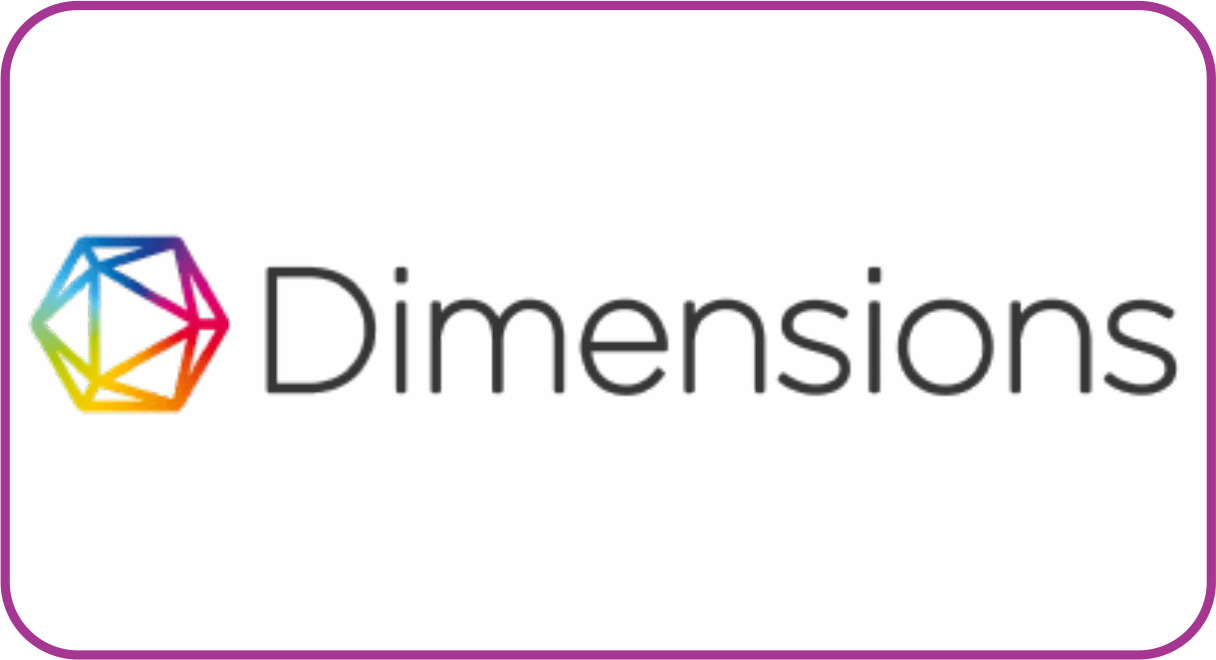Pembinaan Literasi Baca Pada Anak-Anak dengan Metode CABACA di Desa Kanrung Kec. Sinjai Tengah Kab. Sinjai
DOI:
https://doi.org/10.30983/dedikasia.v3i1.6459Keywords:
Coaching, Reading literacy, Children, CABACA Method.Abstract
Education makes a person get information and also community members, especially elementary school children, are future assets. Therefore, it is necessary to develop reading and writing. One way to carry out reading and writing coaching is to use the CABACA book media. The purpose of using CABACA media is to make it easier for students to recognize letters, spell words, read words, and read sentences. The purpose of this training is to reduce the illiteracy of students in Kanrung Village, especially students at SDN No 213 Sabbang by coaching learning to read and to write in school. The type of CABACA method used is phenomenological research with a qualitative approach located in Kanrung Village, Central Sinjai District, Sinjai Regency, while the data collection techniques used were interviews, observation and documentation. The results of fostering learning to read and write using CABACA media can reduce illiteracy and improve the reading ability of students in Kanrung Village.References
Farolai, Nurjannah, dan M. (2022). Pelatihan Dasar-Dasar Komputer Sebagai Persiapan Menyambut Pelaksanaan Asesmen Nasional Berbasis Komputer Pada SDN Congkoe.
irmayanti. I, Nurjannah, Mirna, dan H. (2022). Pelatihan dan Pendampingan pembuatan pembelajaran berbasis Quizz pada Guru DI MTS Darul Hikmah Lenggo-Lenggo.
Mahsun, M. (2014). Teks Dalam Pembelajaran Bahasa Indonesia. Raja Grafindo Persada.
Nasrawati. (2023). Observasi.
Rahmawati dan Abdullah. (2014). Penggunaan Media Gambar Untuk Meningkatkan Hasil Belajar Matematika Tema Diri Sendiri Pada Siswa Kelas I SDN Kutedjadungus.
Rumaf. (2019). Literasi Dasar. Prenada Media Group.
Sudjana. (2019). Pembelajaran Menggunakan Flash Card. Grafindo.
Sukma. (2019). Literasi Baca. Prenada Media Group.
Downloads
Submitted
Accepted
Published
Issue
Section
License
Authors who publish with this journal agree to the following terms:
- Authors retain copyright and grant the journal right of first publication with the work simultaneously licensed under a Creative Commons Attribution License that allows others to share the work with an acknowledgment of the work's authorship and initial publication in this journal.
- Authors are able to enter into separate, additional contractual arrangements for the non-exclusive distribution of the journal's published version of the work (e.g., post it to an institutional repository or publish it in a book), with an acknowledgment of its initial publication in this journal.
- Authors are permitted and encouraged to post their work online (e.g., in institutional repositories or on their website) prior to and during the submission process, as it can lead to productive exchanges, as well as earlier and greater citation of published work (See The Effect of Open Access).








